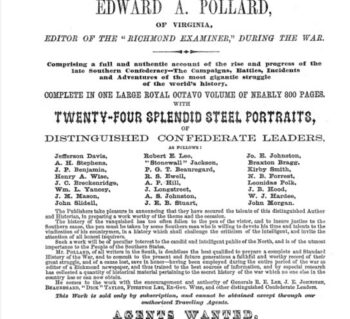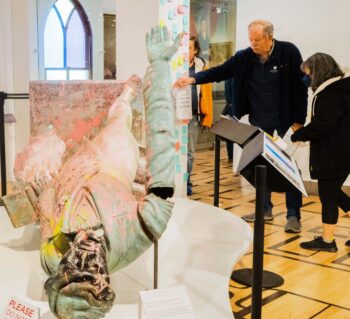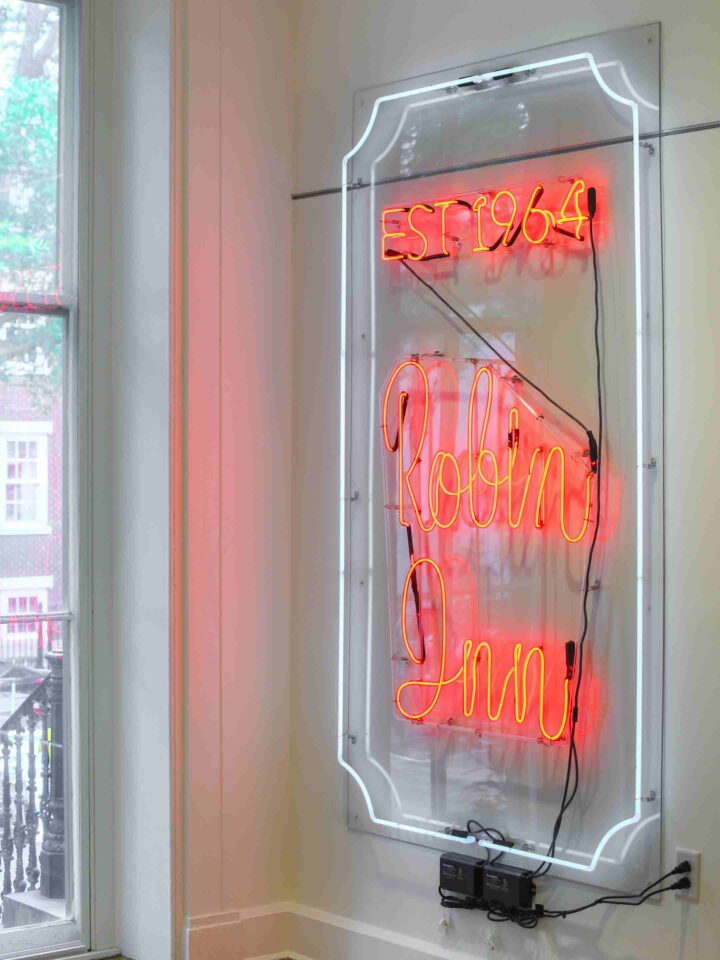
Search the Valentine Museum
27 results found for “"monument avenue"”
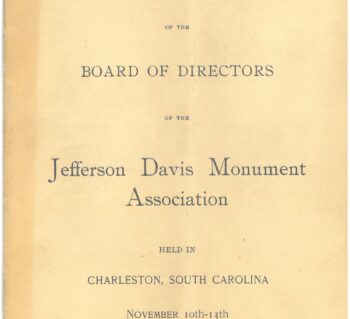
Teaching Resources
Jefferson Davis Monument Association Meeting Minutes, 1903
Collections in the Classroom
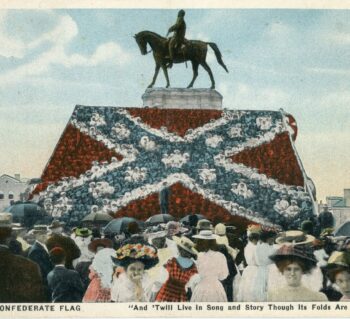

Featured Stories
The Lost Cause Myth: How the South Flipped the American Civil War Story
After the Civil War, Confederate supporters struggled with how they would be remembered. They created a story to justify losing the war, rewriting the facts of history. Their story was an invention known as the Lost Cause.
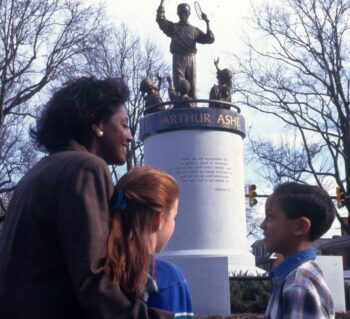
Featured Stories
Monument Avenue: Arthur Ashe Monument
The Arthur Ashe Monument on Richmond’s Monument Avenue is now the road’s only monument. It is also the newest addition.
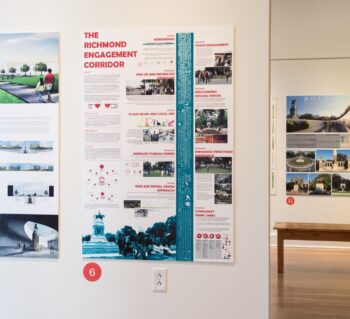
Feb 14, 2019 - Dec 31, 2019
Monument Avenue: General Demotion/General Devotion
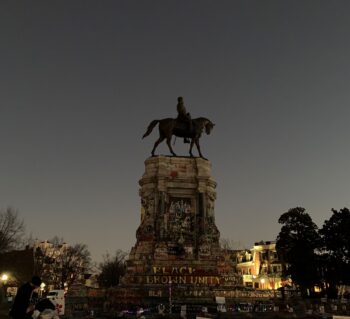
Student Programs
Monument Avenue: Origins and Reverberations
Experience the past and present of Richmond’s Monument Avenue through an augmented reality guided walking tour.
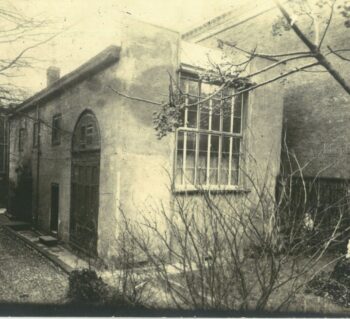
Featured Stories
Essay: Edward Valentine’s Studio
Edward Valentine’s artist’s studio first served as a carriage house with stable and bath for Thomas Green. Valentine acquired the structure in 1871 and converted it into his studio, where he worked for nearly 50 years.
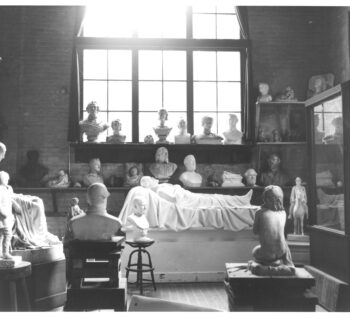
Featured Stories
Edward Valentine’s Sculpture Studio
A Quick Look: For thirty-nine years, Edward V. Valentine created some of his most well-known sculptures in the carriage house turned studio at 809 East Leigh Street in Richmond.
